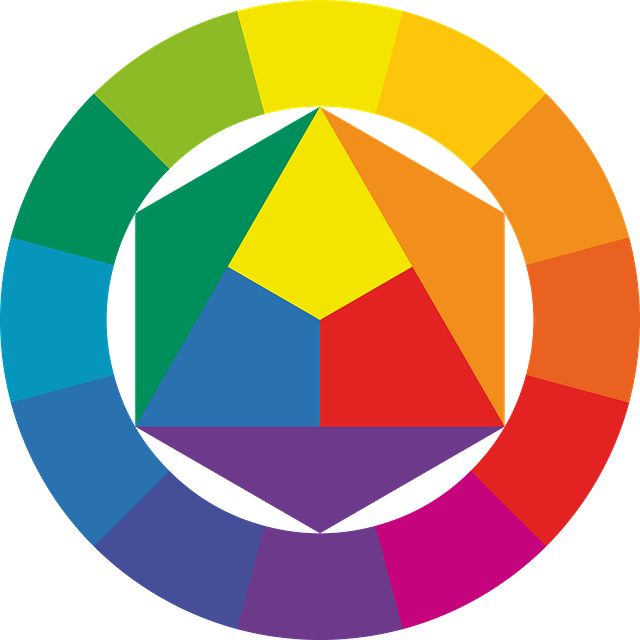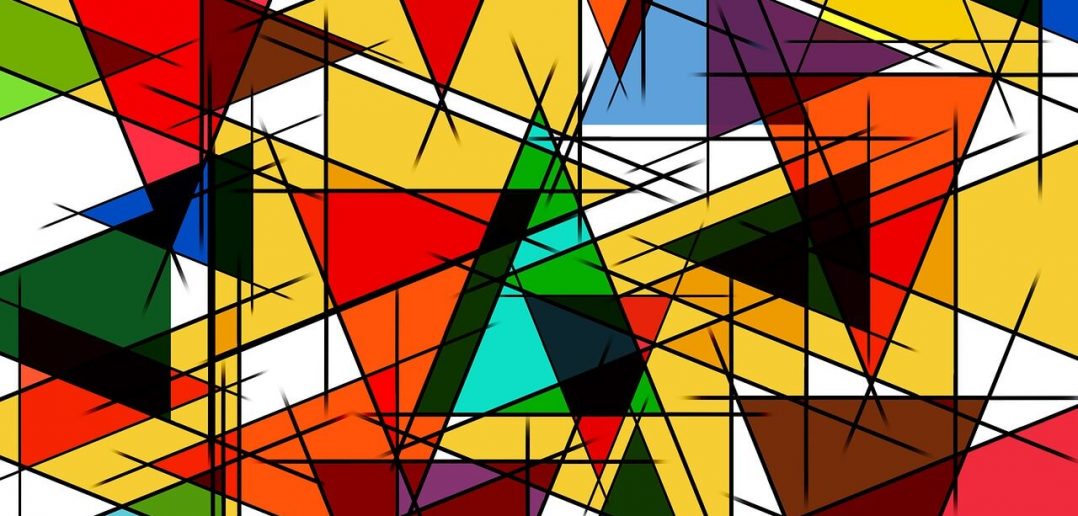What are the contrasting colors? What are contrasting colors? Which color has the opposite color? What is color theory, detailed information about contrasting colors in our article.
Colors can be defined as perceptions that are converted into electromagnetic energy waves after being seen by the eye and perceived by the brain. The tones we perceive express the subjective property of light. This also depends on the ability of the eye. Thanks to the discoveries made in optics, we can access more information about the hues of colors and better understand the light-color relationship.
In the rest of our content, what are the contrasting colors, what is the logic of the color wheel, how to make better use of the basic color scheme, etc. We will talk about the issues.
What are Contrasting Colors, Which Color Has Contrast?
In the traditional color theory; The colors red, yellow and blue are expressed as primary colors. All colors except the primary colors are obtained by making a combination of these colors. All colors opposite the colors on the color wheel are opposite to each other. This generalization is a resource for understanding contrasting colors.
- The opposite color of yellow is purple.
- The opposite color of orange is blue.
- The opposite color of red is green.
- The opposite color of blue is orange.
- The opposite color of green is red.
- The opposite color of purple is yellow.
What is the Logic of the Color Wheel?
The basic color wheel is a basic criterion that will guide in choosing colors and understanding the harmony of colors. In primary school, the color circle is taught to students as a lesson. However, it is forgotten unless it is used frequently, and we find it useful to repeat the logic of the color wheel as a reminder.
Accordingly, red, blue and yellow colors are included in the group of primary colors. Orange is obtained by mixing red and yellow. Green is made when blue and yellow are mixed. Similarly, purple is obtained by mixing red and blue. Orange, green and purple colors obtained as a result of mixing are called secondary colors.
Tertiary colors such as red-violet and blue-violet are obtained as a combination of primary and secondary colors. All colors have a hue. A hue, when mixed with white, becomes a variation of that color.

Source : pixabay.com
What is Color Theory?
According to color theory, color combinations that can be harmonious use any two opposite colors on the color wheel, any three colors evenly spaced around the color wheel as a triangle, or any four colors as a rectangle. In fact, it aims to use two opposite color pairs. Harmonious color combinations are called color schemes. It is also expressed as color harmonies in some sources.
In order to better understand color schemes on the color wheel, there is another distinction that needs to be known, which is warm and cool colors. Each has its own purpose to convey emotions. Warm colors display energy and joy. Ideal for personal messages. Cold colors, on the other hand, give calmness and peace. Ideal for office use. The color wheel can be easily divided to get an idea of which colors are warm and which are cool.
What Are Complementary Colors?
Any two colors opposite each other on the color wheel are complementary colors. For example, blue and orange, red or green are complementary colors. Complementary colors are a great way to create a high contrast. Ideally, you can use one color as the background and the other as the accent. As an alternative choice, it may make sense to use tints and shadows. A lighter shade of blue contrasts with a darker orange.
What Are Split Complementary Colors?
Three different colors are used in split complementary colors. A color to be chosen from the color scheme and two adjacent colors are chosen to complement it. For example, complementary colors can be obtained, divided by the colors blue, yellow-orange and red-orange.
What Are Similar Colors?
Any three colors next to each other on the color wheel are referred to as similar colors. For example, orange, yellow-orange, and yellow are similar colors. It is necessary to be selective about color tones when using similar colors in decoration and in any area where colors can be used. Otherwise, the resulting look may not appeal to the eye.
What Are the Triple Colors?
Any three colors that are equally separated on the color wheel. For example, red, yellow and blue are included in the trio of colors. Tricolors, which may be high contrast, are more balanced than complementary colors. The trick here is to make one color dominate and allow it to accentuate the other two colors.
What Are Quad or Double Complementary Colors?
A quadruple or double complementary color can be obtained by combining two different complementary colors. For example, blue and orange are paired with yellow and purple. This choice is a difficult scheme to balance. However, it produces successful results in a decorative sense. Double complementary colors offer more variety than any other color scheme. If all four colors to choose from are used in equal amounts, the scheme may appear unbalanced. For this reason, it is necessary to divide the colors into two main groups as the dominant color and the other colors. It is necessary to avoid using pure colors in equal amounts.
